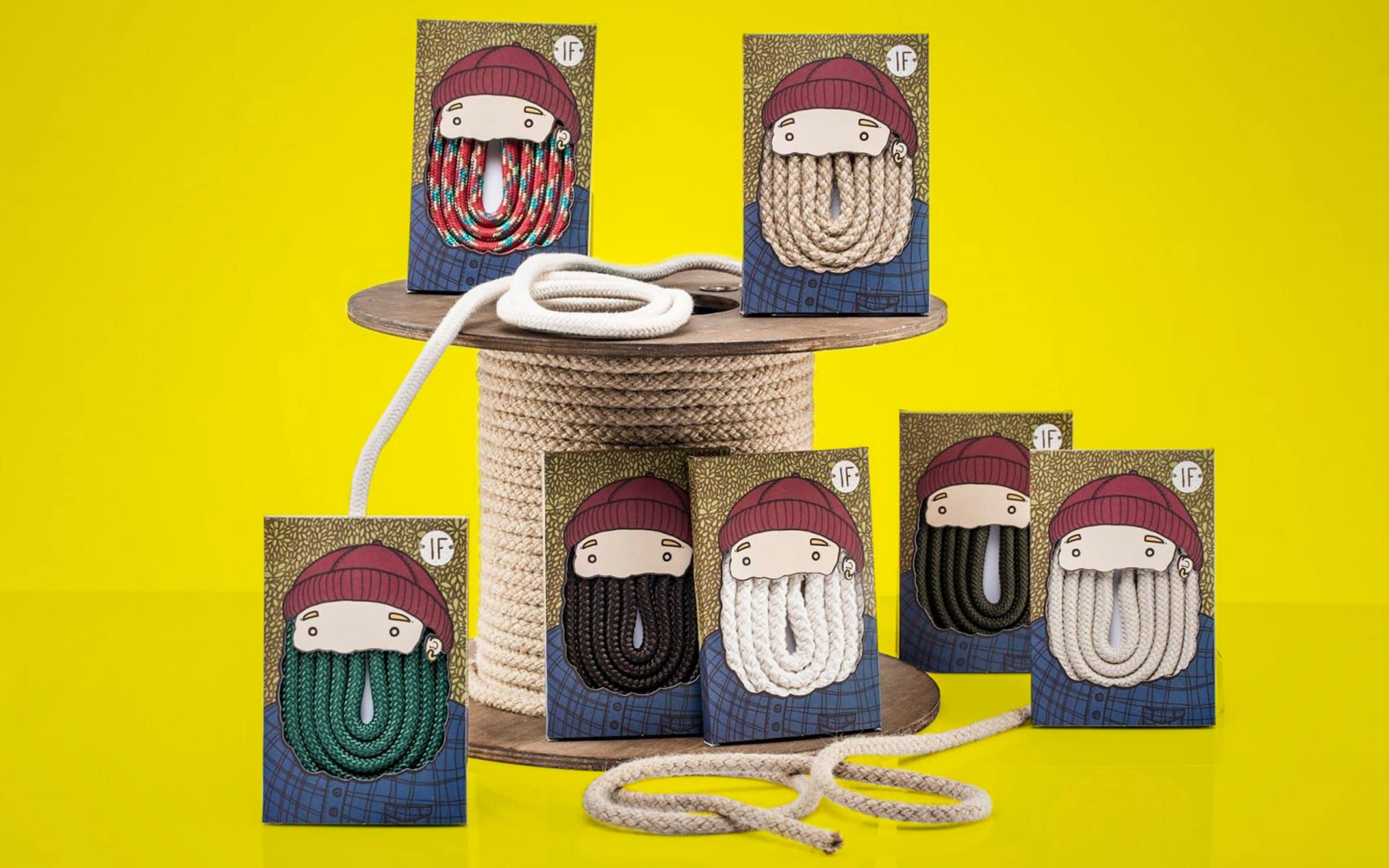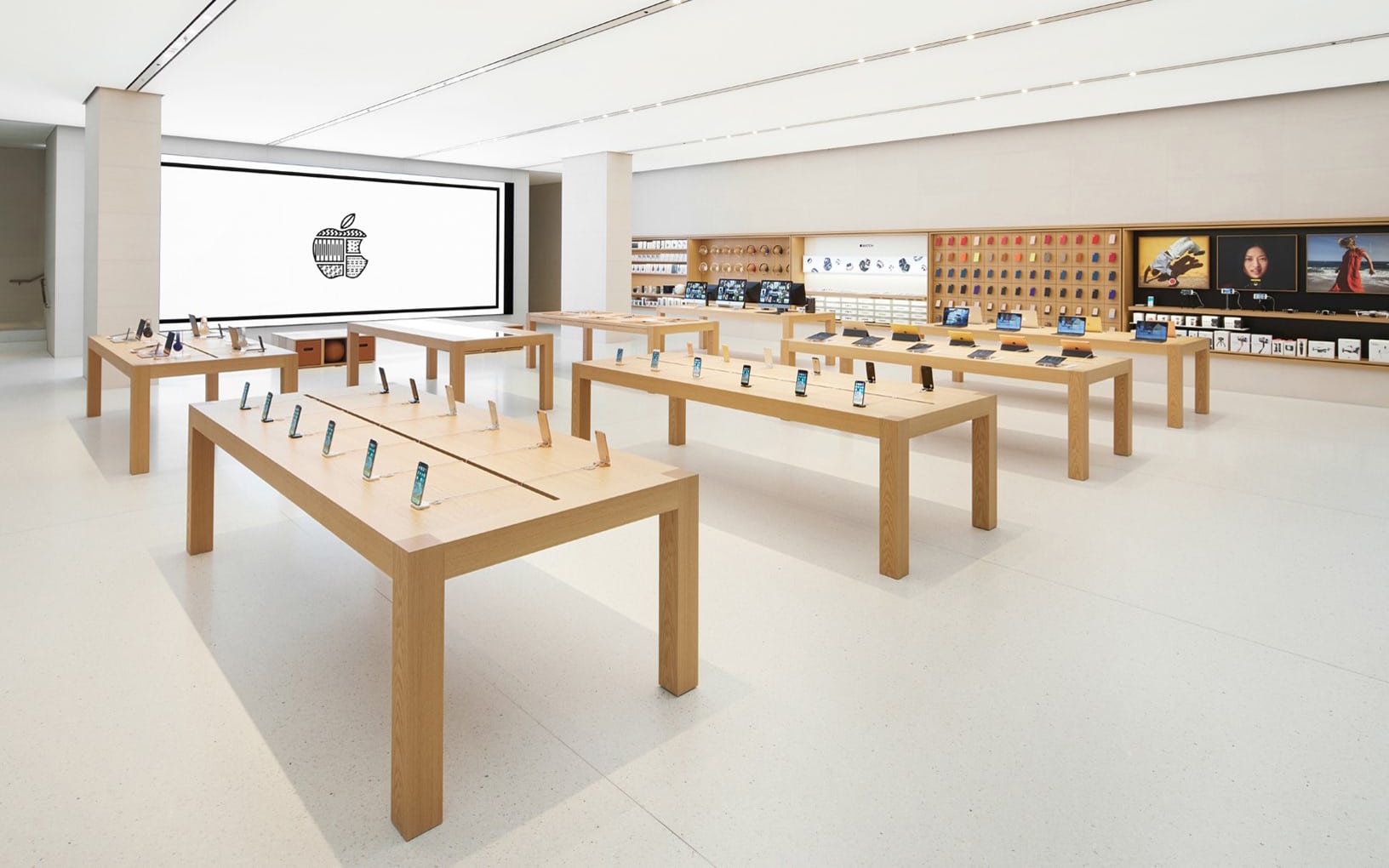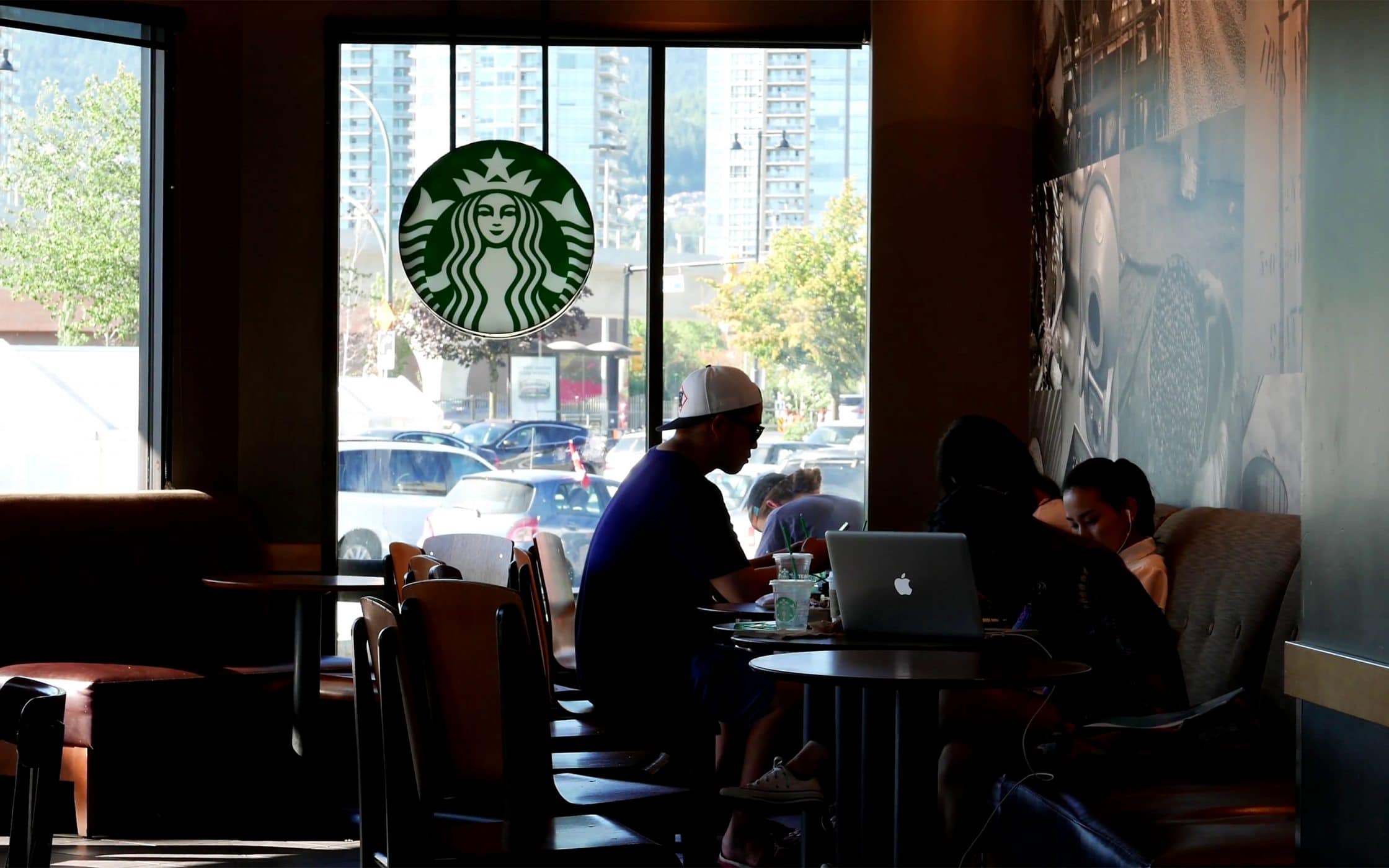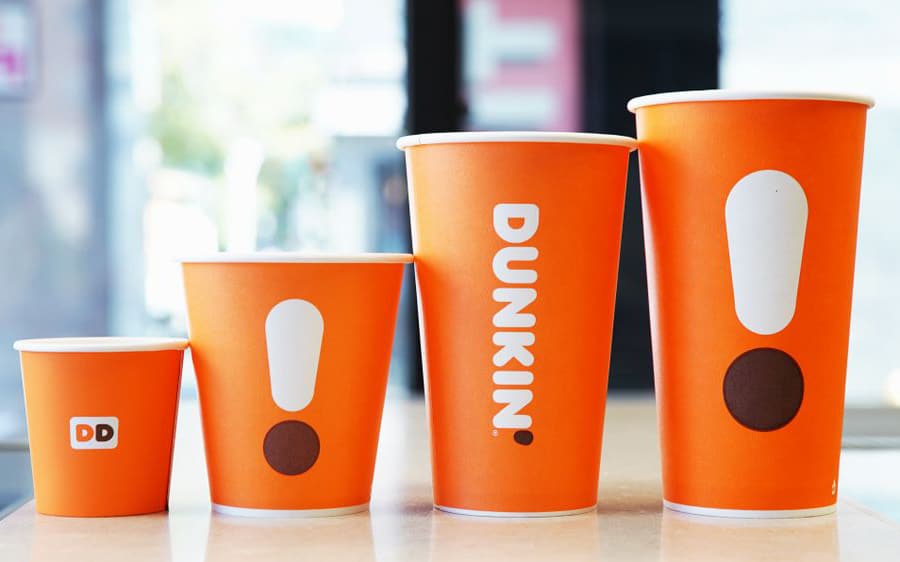Sensory marketing: Strategies for a sensational campaign

Your customers are drowning in advertisements.
Now, more than ever before, the world around us is covered in business messages, from the social media posts designed to engage consumers, to the sales pitches sent over email. It’s no wonder that people are looking for a little peace and quiet with the help of ad-blockers and junk folders.
As “traditional” marketing becomes less appealing, companies are beginning to search for ways to differentiate themselves from the clutter, by engaging with the senses that are often overlooked by standard advertising campaigns. Sensory marketing is leading the way to more meaningful consumer/brand connections.
Sounds, images, smells, and even tastes can all affect the way that your target audience thinks about you. By coming to terms with the science of sensory marketing, businesses can begin to experiment with the alchemy of brand loyalty and discover the concepts that truly convince customers to buy.
Sensory marketing isn’t a new concept. If you’ve ever picked up a bottle of coke and noticed the contour in your hand or played with the scratch-and-sniff packaging on a glade product, then you’ve already seen some sensory marketing tactics.
The question is, how can you tap into the sensual side of marketing to improve the potential and sustainability of your business?
That’s what we’re here to find out.

What is sensory marketing? Speaking to the senses
To answer the question “What is sensory marketing?” we need to go back a few years and look at the teachings of an expert called Philip Kotler. This Northwestern University professor predicted that one day, marketing would become less of a discussion between brands and customers, and more of a sensory experience, built around the concept of embodied cognition. The theory of embodied cognition suggests that our decision-making behavior as humans isn’t based on rational data processing, but on the emotions, we feel.
A woman named Aradhna Krishna developed this concept further by giving the process of appealing to all five senses the title: “Sensory Marketing.” Aradhna defines “sensory” promotion as any kind of advertising capable of engaging the senses of the customer and affecting their behavior, judgement, or perceptions.
In the book edited by Krishna named “Sensory Marketing,” the authors cite multiple studies that highlight the importance of connecting with your customers through more than just your sense of sight. After all, while attractive television advertisements or direct mail flyers might briefly capture your audience’s attention, other senses can supplement that initial interaction, and strengthen the way people feel about your brand.
According to one study, the tempo of songs in a supermarket can affect a customer’s buyer behavior. Slow music in an experiment caused revenues to increase by 38% in a supermarket, and 41% in a restaurant. Faster songs also led to changes in customer behavior, leading to higher levels of stimulation, and encouraging visitors to act more friendly towards members of staff.
Of course, it’s not just music that speaks to your audience. Visual, tactile, and even olfactory elements can transform your sales environment and make your marketing efforts more effective. Companies that use sensory marketing tactics have discovered that the smell of cinnamon is often associated with feelings of warmth. In one study, adding a cinnamon scent to a cushion helped to improve the perceived effectiveness of its heat-based therapeutic attributes.
A sensory marketing strategy simply asks modern companies to think beyond fundamental advertising strategies that embrace sight and sound when they’re engaging with customers. While audio branding, music, and even attractive images are all crucial to creating a multi-sensory marketing experience, there are also other points to consider too. For instance, the limbic system in the brain that is responsible for processing smells is also in control of our memories and emotions.
Use the right scent as part of your sensory marketing tactics, and you could instantly remind your customers of a moment in their childhood or help them to recall your product the next time they notice a similar aroma in the area.
So, how do you create a marketing strategy that engages all five senses?

Sensory marketing 5 senses: What you need to know
Five senses sensory marketing campaigns go beyond digital marketing trends and changing customer preferences to appeal to your target audience on a fundamental, psychological level. As human beings continue to encounter a growing flood of information every day, the science of sensory marketing allows businesses to cut through the noise and connect with some of the more primal parts of the human brain.
Because you’re appealing to human behavior and emotion, rather than relying on advertising gimmicks, a sensory marketing strategy is one of the most effective ways to deliver unforgettable customer interactions. After all, emotions are at the heart of the perceptions that we build about brands. The more you engage the senses, the more of an emotional response your customers will give.
Let’s look closer at each of the sensory marketing 5 senses.
1. Taste
Taste is a simple concept, but it’s one that’s overlooked in today’s highly digital world. It’s difficult to convey the flavor of a glass of wine or a perfectly-cooked pasta dish when you’re connecting with your customers through a computer screen. This is one of the reasons why brands that deal in taste need to take a hybrid approach to marketing.
Maintaining a presence offline allows food, beverage, and even hospitality brands to undermine the competition by providing their target audience with free samples and tasters of the foods they serve. Use your samples correctly, and you can even convince customers to become ambassadors for your online stores by sharing reviews, testimonials, and referrals online. A simple pop-up stall can lead to a huge influx of sales, all thanks to a customer’s sense of taste.
2. Sound
“Sound” has been a common feature of the marketing world for some time now. Countless companies have an “audio” brand to accompany their visual identity, which includes specific music played in stores, jingles, and even soundbites. Even the way your name resonates when spoken out loud can affect your audio brand.
To pick the right soundtrack for your sensory marketing tactics, you’ll need a deep understanding of your target audience. For instance, some studies suggest that luxury companies selling jewellery or high-end products achieve the best results when using classical music or jazz. Importantly, in retail environments, fast-tempo music can cause customers to feel more impatient when waiting in queues, so keep that in mind.
3. Sight
Sight is easily the most stimulated of five senses sensory marketing experts use. Customers can recognize well-designed logos and color schemes within a matter of seconds. Because sight is such a saturated sense, businesses who want to stand out with it today must find a way to go beyond traditional tactics like displays, website design, and packaging.
Sight needs to be about giving your customers a different point of view or perspective – something that forces them to take notice. For instance, the Reunion Tower in Dallas spiced up their sensory marketing strategy with a virtual reality app that offered 360-degree views of the Dallas skyline from 560 feet in the air.

4. Touch
Touch is another of the sensory marketing 5 senses that’s difficult to embrace through digital marketing tactics. Offline, however, there are plenty of ways to give customers a tactile experience of your products. Whether it’s the texture you use in your packaging, or the materials present in your product, the feel of your brand can resonate with a customer on an intimate level.
In fact, according to some studies, up to 75% of shoppers say that they’d prefer to “feel” a product before they buy it – particularly if they’re purchasing something like furniture or clothing. If your company can’t provide physical, tactile experiences to clients, you’ll need to work extra hard to engage their other senses.
5. Smell
Finally, as most sensory marketing companies already know, fragrance is one of the most crucial senses of all for marketing and branding purposes. Because our sense of smell is tied to our limbic system, it can affect both how we behave, and what we remember about a branded experience.
Using the science of sensory marketing, countless companies have already experimented with their own signature scents and smell-based experiences. For instance, companies like Cinnabon place their ovens at the front of their store to draw in pedestrians. Some locations even heat sheets of cinnamon and brown sugar all day to keep the scent fresh.
Companies that use sensory marketing – Examples to inspire you
The best sensory marketing examples are highly engaging, emotional campaigns designed to appeal to customers on a range of different levels. Think of it this way, which experience would you be more likely to remember, the scent, taste, and warmth of a freshly-baked cupcake, or the picture of a cake you saw online?
Sensory marketing campaigns are experiential moments, intended to leave your audience with resounding feelings of pleasure, satisfaction or excitement. To help you get a feel for the true impact of sensory marketing tactics, let’s take a look at some companies who use these strategies to their advantage.
1. Apple
Apple is a brand that’s highly focused on the digital and technological world. Despite this, they refuse to sell their products exclusively online. Instead, the business offers customers a way to interact with them through highly immersive in-store experiences.

The stores, decorated in Apple’s signature white color are a visual treat, packed full of devices that you can touch, play with, and experience. You can talk to Apple “Genius” employees and listen to their opinion and enjoy an in-person interaction that’s just as clean and fresh as a moment spent on the Apple website. Apple’s shops are a crucial part of their sensory marketing strategy, and a way to introduce people to the lifestyle that Apple devices advertise.
2. Starbucks
Starbucks is another pioneer among companies that use sensory marketing. Over the years, the Starbucks brand has evolved significantly. The organisation has become more than just a place to drink coffee – it’s a hub of creativity, intended to satisfy your sense of taste, sight, touch, smell, and sound. From the moment you walk through the door of a Starbucks venue, you can expect to smell the aroma of coffee, choose from the same iconic flavors, and hear a consistent style of music playing in the background.

The songs played in Starbucks stores are sent directly to each location by the company’s main office, so everything is remaining a cohesive part of the complete brand identity. Even the artwork and wallpaper in Starbucks is the same wherever you go. This way, Starbucks customers don’t just get a great cup of coffee, they get the full Starbucks experience at every store. Starbucks kept that concept in mind when they invested in a new marketing campaign with Spotify, designed to give customers the Starbucks “audio” experience at home.
3. Dunkin Donuts
Finally, Dunkin Donuts is one of the best sensory marketing examples to discuss for an insight into how engaging the senses can have an impact on your bottom line. Like Apple and Starbucks, Dunkin Donuts frequently infuses sensory marketing efforts into their brand, with carefully chosen packaging, specific brand colors and more. The brand even has its own jingle in certain parts of the world.

In one sensory marketing strategy created within Seoul, South Korea, the company decided to make the most of their ability to encourage purchases through the sense of smell. Commuter buses around the city were given machines that emitted the scent of fresh coffee when the Dunkin’ Donuts song played on the radio. The results were impressive, leading to a 29% increase in brand sales.
Sensory marketing tactics and strategies
If you take the time to browse through the latest sensory marketing research, you’ll learn that this strategy is all about creating intimate connections with your audience. Classic mass-marketing strategies can rarely produce the same impact, as they work on the assumption that people will behave logically when faced with purchasing choices.
The science of sensory marketing suggests that people as consumers will act according to their emotional impulses, more often than objective reasoning. According to Aradhna Krishna, in the past, conversations with customers were just “monologues” where companies talked at their target audience. Now, consumers demand more of a two-way conversation, and that means embracing the potential of sensory marketing.
So, how do you implement your own sensory marketing strategy?
1. Begin with your brand and buyer personas
Like any marketing plan, it’s important to begin with a good understanding of your brand, and your audience. For instance, when you’re looking at your company, ask yourself what the main characteristics of your brand’s personality are, and how you can convey them in sensory cues. For instance, could you show your friendly nature through free candies to every consumer that show off your sweet side?
Once you know the kind of impact you’re trying to make, think about the sensory experiences that your audience will respond to best. The culture of your target audience, their age, background, and even their gender can all affect how certain sensory cues resonate with them.
2. Work with design experts
Sight may be one of the most over-used senses in the sensory marketing world, but that doesn’t mean you should take it for granted. No part of your brand’s design should ever be left to chance, from the colors in your logo to the branded photography you use in your marketing strategies. Most businesses already know that their choice of color can have a significant impact on the way that marketing campaigns affect buyers.
However, did you know that using attractive people in your ads can improve audience engagement too? Studies suggest that symmetry in facial features cause people to pay attention to your marketing messages for longer.
3. Find your sound
Sight and sound combine to make up 99% of all the brand information presented to people through your advertising efforts. Since the invention of television and radio, sound has been a consistent presence in mass marketing strategies. You’re probably aware of a few famous sounds already. The Harvard Business Review suggests that the “Intel Bong” plays every five minutes somewhere in the world.
The key to using sound in sensory marketing tactics is finding out which noises work best with your products. One study found that sales of French wines far out-sold sales of German wine when French music was played in-store.
4. Engage the limbic system
Although there are plenty of senses to connect with through sensory marketing, it’s safe to say that smell is the sense most likely to be linked to emotion. Over the years, the consumer scent industry has developed into a billion-dollar business. Anything from the scent of your packaging to the cleaning products you use in-store can affect your connections with customers.
Just make sure that any scents you do use in your sensory marketing research aren’t too overwhelming. Too much of even a good thing can end up repulsing your audience when used incorrectly.
5. Don’t underestimate offline experiences
Finally, if you want to take advantage of sensory marketing, you have to remember that advertising doesn’t have to be “digital” to be effective. Countless companies have found new ways to connect with their target audience through websites, social media campaigns and more. However, the truth is that many shoppers still appreciate the in-person experiences that they can have with modern businesses. Around 85% of consumers say that they want to touch and feel products that they’re going to buy before they purchase them.
By taking at least some of your consumer engagement strategies offline with events, marketing expos, and even pop-up events, you can create full multi-sensory experiences for your audience that improve your brand reach and awareness. Digital marketing is powerful, but don’t be tricked into thinking that offline promotions aren’t effective too.

Embracing the science of sensory marketing
As consumers from every background begin to feel overwhelmed by the sheer number of marketing messages they have to contend with, it’s crucial for brands to start re-thinking the way they engage with their audience.
Research suggest that shoppers are continually feeling a range of different emotions when they connect with brands – both positive and negative. The best way to make sure that your customers remember you is to manipulate those feelings through sensory experiences.
A sensory marketing strategy is one of the smartest ways for any company to trigger emotion instantly in their audience and maintain long-term engagement. Whether it’s the color of your product packaging or the signature scent in your stores, the more you can reach out to your audience’s senses, the more likely they are to remember you and the things that you sell.
While getting to the bottom of sensory marketing can seem complicated at first, the truth is that any brand can take advantage of this simple marketing tactic. All you need to do is figure out how to translate the critical characteristics of your brand into compelling sensory experiences.
Need some help with that? Try talking to the branding experts here at Fabrik.
If you enjoyed this article, you might enjoy these too:
— Sensory branding: A sound strategy for growth
— What does the gig economy mean to you?











